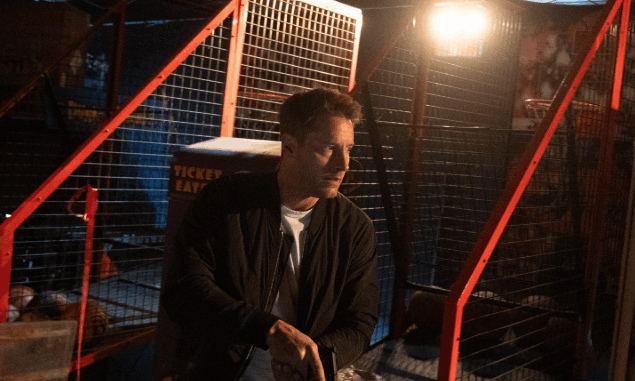
The Difference Between Fresh Leads and Cold Trails
In the CBS series Tracker, Colter Shaw is best known for his ability to locate missing people with unmatched precision. But while many cases deal with recent disappearances, some episodes highlight something far more daunting: cold cases—the ones that time forgot.
Fresh leads typically involve active witnesses, current evidence, and heightened emotional urgency. These cases have momentum. But cold cases are different. They are murky, layered with misinformation, and clouded by the fog of years passed. Witnesses move on, memories fade, and crucial clues are often lost to time. These investigations demand not only skill but also relentless perseverance, intuition, and emotional stamina.
In Tracker, Colter’s cold case work reflects his deeper emotional battles. It’s not just about solving mysteries; it’s about understanding how time changes people, relationships, and truth.
Colter Shaw’s Strategy for Revisiting Old Cases
One of Colter’s most impressive traits is his ability to approach cold cases with fresh eyes. Unlike traditional detectives who work within bureaucratic frameworks, Colter’s independence gives him the freedom to revisit old files, reinterview forgotten witnesses, and approach leads from unconventional angles.
His process usually involves:
-
Reconstructing timelines from the beginning, ignoring previous assumptions.
-
Re-examining physical locations, no matter how much they’ve changed.
-
Seeking out marginalized or overlooked voices, such as neighbors, childhood friends, or estranged family members.
-
Applying modern technology like digital forensics, cell phone pings, and facial recognition tools to aged cases.
These strategies not only make his work compelling to watch but also provide realistic insight into how real-life cold cases are cracked open again.
Emotional Toll of Long-Term Disappearances

Cold cases in Tracker aren’t just procedural puzzles—they’re stories about families in limbo. For loved ones, not knowing the fate of a missing person is often worse than knowing they’ve died. Colter must frequently navigate conversations with people who have learned to live without closure, who have buried hope to preserve sanity.
These emotional dynamics are some of the most gut-wrenching in the series:
-
Parents who still keep their child’s room untouched after decades.
-
Siblings carrying guilt for being the last to see someone.
-
Partners who remarried but still light candles every anniversary.
Colter is often stoic, but viewers can see how these cases affect him—especially when they mirror his own family trauma. His empathy isn’t performative. It’s rooted in his experience of unresolved loss.
Highlight Episodes Featuring Cold Cases
Several standout episodes in Tracker bring cold cases to the forefront. While not all are labeled as such, they share common characteristics: cases reopened after long dormancy, outdated witness statements, and the need to reinterpret history.
Notable examples include:
-
Episode 6, where Colter reopens a 15-year-old missing child case after a woman reports a sighting in a different state.
-
Episode 9, where a decades-old diary leads to the discovery of a possible buried crime and a missing teen presumed to have run away.
-
Episode 13, when a former detective begs Colter to find the only suspect he never cleared—haunted by a promise he made to a victim’s mother.
Each of these episodes underscores how the past is never truly past—and how the truth can be buried under years of silence, shame, or institutional failure.
Symbolism and Closure in the Face of Time
There’s something almost poetic about cold cases in Tracker. They symbolize the passage of time, the persistence of grief, and the hunger for truth. When Colter brings resolution to a decades-old mystery, he’s not just solving a crime. He’s restoring dignity, resurrecting memories, and granting long-denied peace.
The show uses symbolic imagery to reflect this:
-
Overgrown places hiding secrets—abandoned homes, forgotten trails.
-
Aging faces that still light up with hope when Colter calls.
-
Timeworn items—lockets, letters, photographs—preserved like relics of faith.
In this way, Tracker turns procedural storytelling into something more soulful. Colter becomes not just a finder of people, but a restorer of human connection lost to time.
Conclusion
In Tracker, cold cases are more than just dusty files—they are emotional landmines waiting to be stepped on. Colter Shaw’s approach to these long-term disappearances demonstrates his deep understanding of both logic and humanity. As he uncovers the truth buried under time, he offers hope not only to the families he helps but also to himself.
In solving the unsolvable, Colter proves that no case is too cold—and no life too far gone—to matter.
